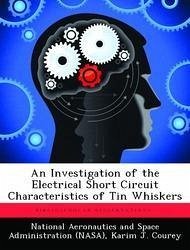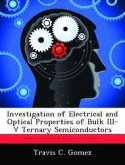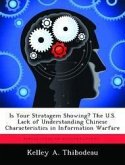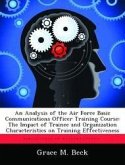Existing risk simulations make the assumption that when a free tin whisker has bridged two adjacent exposed electrical conductors, the result is an electrical short circuit. This conservative assumption is made because shorting is a random event that has a currently unknown probability associated with it. Due to contact resistance electrical shorts may not occur at lower voltage levels. In this experiment, we study the effect of varying voltage on the breakdown of the contact resistance which leads to a short circuit. From this data we can estimate the probability of an electrical short, as a function of voltage, given that a free tin whisker has bridged two adjacent exposed electrical conductors. Also, three tin whiskers grown from the same Space Shuttle Orbiter card guide used in the aforementioned experiment were cross-sectioned and studied using a focused ion beam (FIB). The rare polycrystalline structure seen in the FIB cross section was confirmed using transmission electron microscopy (TEM). The FIB was also used to cross section two card guides to facilitate the measurement of the grain size to determine that the tin plating on the card guides had a bright finish.








